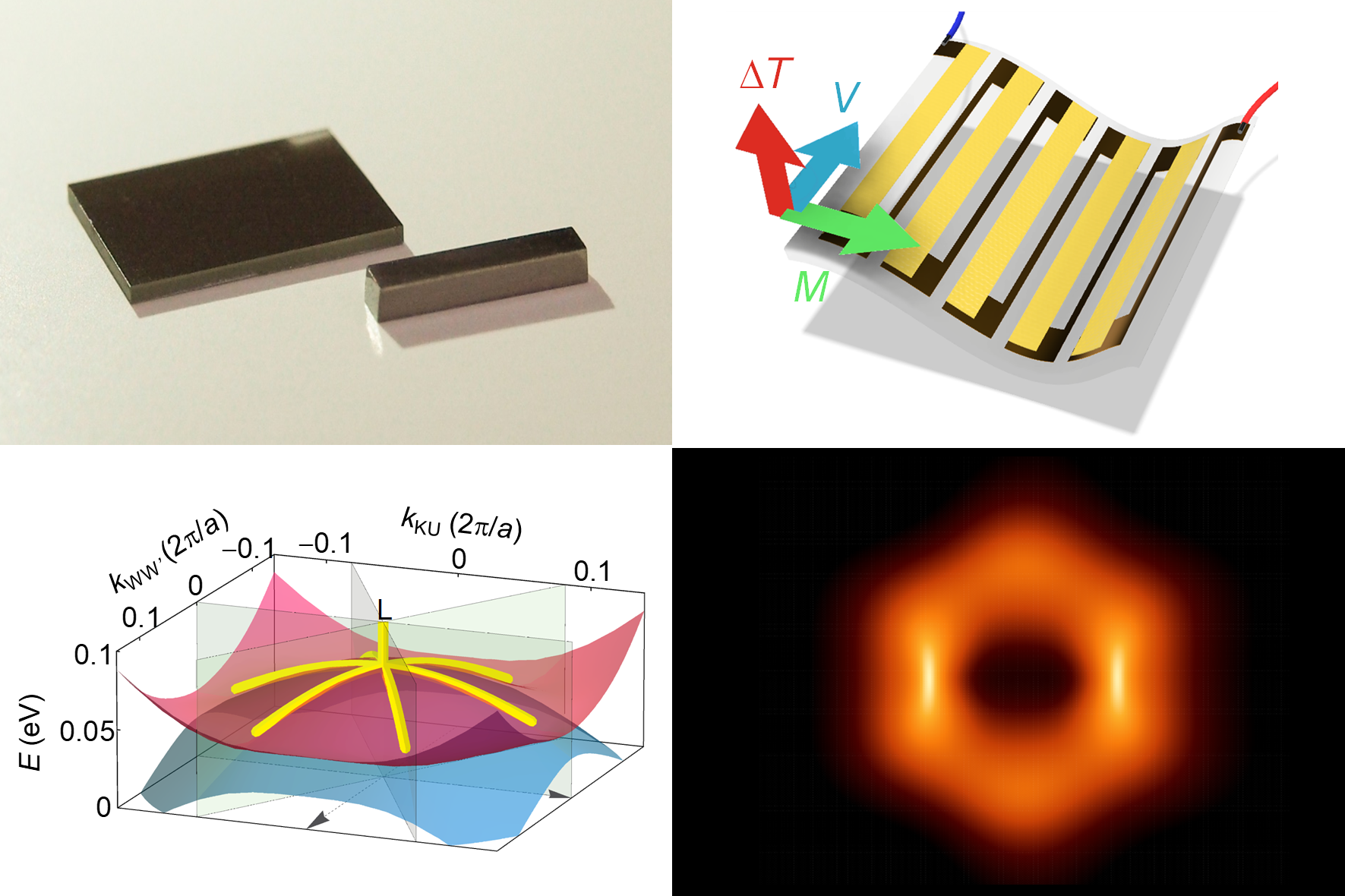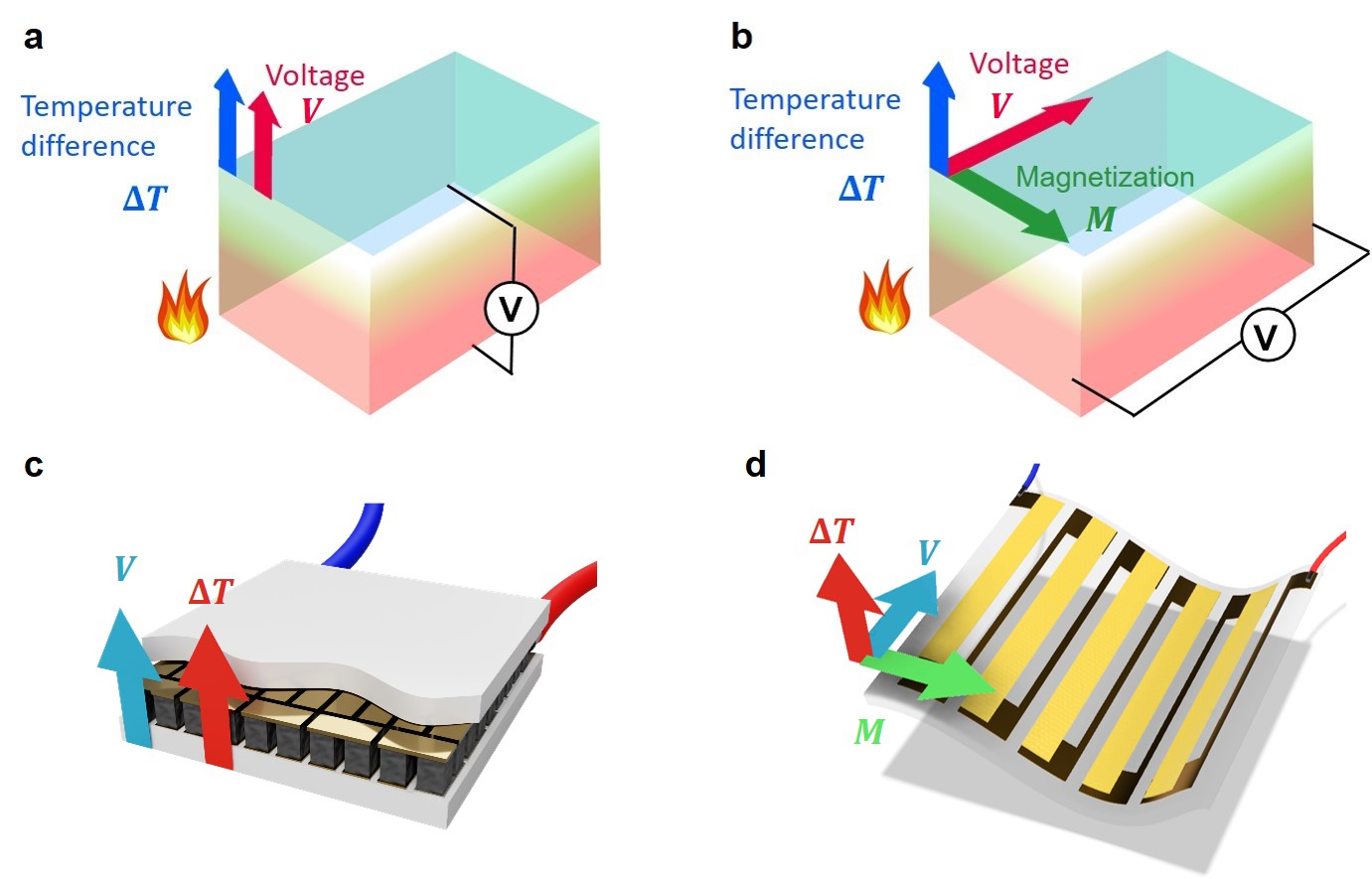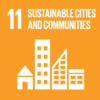Quantum Engineered Thermoelectric Applications


- 3.4 Data Generation Device/Material (Novel Sensor Device, etc.)
Satoru Nakatsuji
Graduate School of Science
Professor
Since its discovery in the 19th century, the magnetic thermoelectric effect known as “anomalous Nernst effect (ANE)” has been studied from a point of view of basic science. However, it is thought to have little practical value owing to its small magnitude. Yet recently, fascinating topological states that hide inside seemingly ordinary materials has been found to boost the ANE and brought it into the realm of technological innovation. A typical example is the Weyl magnet that shows surprisingly large ANE, allowing us to envision fundamentally new designs of thermoelectric devices that reshape the traditional paradigm based on the Seebeck effect. In this project, we fabricate thermoelectric modules and heat flux sensors using newly discovered topological magnets and explore the route to their commercialization.
Related links
Related publications
- A. Sakai, S. Minami, T. Koretsune, T. Chen, T. Higo, et al., Nature 581, 53 (2020).
- A. Sakai et al., Nature Physics 14, 1119–1124 (2018).
- M. Ikhlas et al., Nature Physics 13, 1085-1090 (2017).
Related patents
特願2019-086716 熱電変換素子及び熱電変換装置 中辻知, 酒井明人 国立大学法人東京大学
特願 2020-086716 熱電変換素子及び熱電変換装置 中辻知、酒井明人 国立大学法人東京大学
特願 2020-086716 熱電変換素子及び熱電変換装置 中辻知、酒井明人 国立大学法人東京大学
SDGs
Contact
- Tel: +81-4-7136-3240
- Email: satoru[at]phys.s.u-tokyo.ac.jp
※[at]=@













